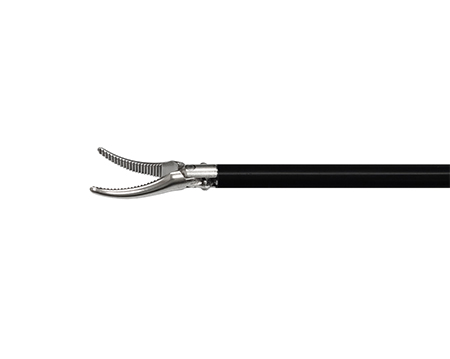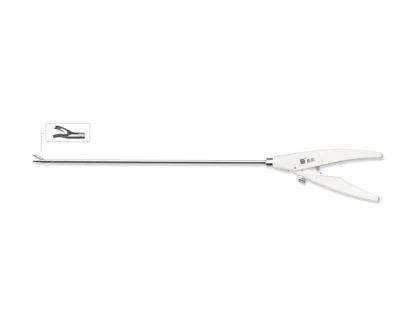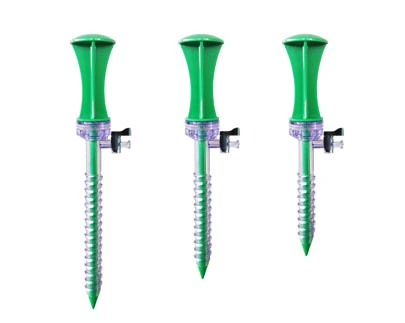Maintenance and Repair of Laparoscopic Instruments
Laparoscopic instruments have many basic instruments, mainly including laparoscopic lenses, separation forceps, non-invasive forceps, pneumoperitoneum needles, large grasping forceps, electrocoagulation hooks applied under the endoscope, bipolar electrocautery, ultrasonic scalpel and a disposable cut closer, etc. The laparoscopic lens is connected to the display, which can provide real-time images during the surgical operation. Separation forceps are mainly used to separate tissues, while non-injury forceps are more suitable for clamping tissue organs, such as gallbladder, intestine, liver, etc., with less damage.
Ⅰ. Maintenance of laparoscopic instruments
1. Be familiar with the names, uses and disassembly of each device.
2. Lap instruments should be handled with care, and should not be thrown, rubbed, collided with each other, or held multiple instruments in one hand at the same time.
3. During the use, cleaning and maintenance of all instruments, the joints should not be forced, the tips should not touch hard objects, and the small parts of the instruments should not be lost.
4. Lubricant is applied to the movable joints of lap instruments, and all instruments are maintained once a week to prevent rust and ensure their good working conditions.
5. Sharp lap chole instruments should be put on a rubber protective cover before storage to avoid damage to the blade surface.
6. The outer surface of the electrocoagulation and electric cutting instruments is covered with a tubular insulating layer. Before using it again, it is necessary to check whether the insulating layer is in good condition, so as to prevent leakage of electricity during the operation and damage the operator.
7. Pay attention to the protection of the mirror surface: when the endoscope lens is temporarily not in use, the mirror end should be covered with a protective cover; when the mirror surface is stained with water or stains, it can be wiped with lens tissue or wiped with a soapy cotton ball first, and then wipe with a clean cotton ball.
8. When storing the camera wire and fiber light guide after cleaning, they should be placed in a circle and not folded to prevent the wire from breaking. After connecting each wire with the host, the position should be accurate to prevent damage to the plug.
Ⅱ. Laparoscopic instrument maintenance system
1. The manufacturer regularly visits the door for routine inspection (at least once a year).
2. The equipment department regularly sends technicians to the operating room to inspect and maintain all laparoscopic instruments every month.
3. An endoscopic surgery team is set up in the operating room, and an instrument and equipment team leader is set up to manage the instruments, equipment and maintenance every week.
4. The main nurse in the operating room checks whether all endoscopic instruments and equipment are in normal operation every day before the operation.
5. If the endoscopic instruments and equipment in the operating room fail during operation, they should stop using them immediately and send them to the maintenance department of the equipment department for timely maintenance.
6. If the lap equipment fails, for example, when the maintenance department of the hospital equipment department cannot repair it, the hospital equipment department will contact the manufacturer for timely on-site maintenance.
7. The repaired laparoscopic instruments should be tested and qualified before they can be used.



